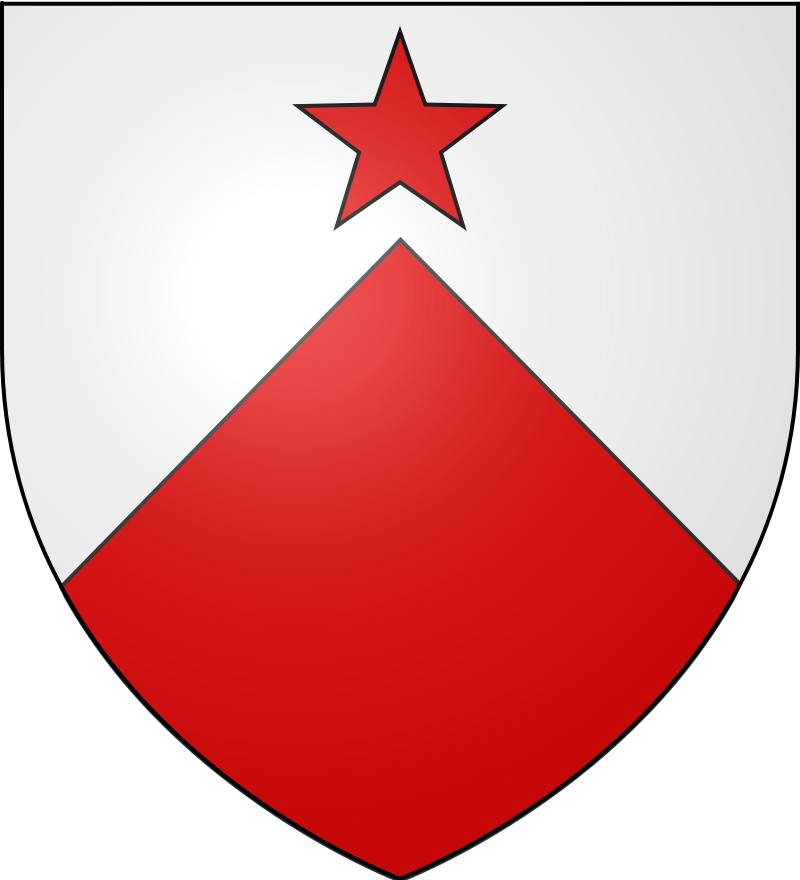Welcome to Għargħur Local Council
Previous slide
Next slide
This is one of the old villages of Malta. Ancient records like the Militia list (1419-20) and the earliest parish documents call it Casali Grigori, Casal Gregorio, Casal Gargur. In certain maps of those times it appears as San Gregorio, or Gregorio, or Galgour.
Throughout history the Maltese had a popular devotion to St.Gregory the Great, and in our village near Tal-Ferħa there was a chapel dedicated to him, mentioned by Mons.Dusina (1575). Even today in the vicinity a few fields are known as “ta’ Girgor”.Since 1419-20 the name has undergone a series of variations by notaries and history writers.
Agius de Soldanis gives Gargur and Għarghur; Vassalli’s Lexicon includes Gharghur, Gregorius, Gregorio, Hal Gharghur (column 321). After him Gharghur gained ground, while Gargur was still in vogue up to Second World War. Today official documents give Hal Gharghur. History lovers are divided. Others follow their sentimental preferences.
The first glimpse of actual settlement in the village dates from Roman times, though just a few Punic tombs have been discovered. In front of the Church of St.John the Baptist an oil press was unearthed in January 1955. It was a Roman construction, and the Museum authorities took the findings to the Roman Villa at Rabat.
Local legend goes further, and attributes the area of San Brincat to the biblical deluge, when the Razza Rock rolled down from a higher point. In January 1973, after standing there for thousands of years, it was overturned by heavy rains that softened the soil at its basis; then it was demolished to clear the slope to Maghtab.
The caves of San Brincat in the Great Fault cliff were used for dwelling, and one of them, the bigger, served for worship as well. In the small cave there is a date (1454) neatly carved in stone. The well whose water was thought to have a power to cure is now empty; it came into disuse because of the fear of leprosy since the patients had bathed in it.





